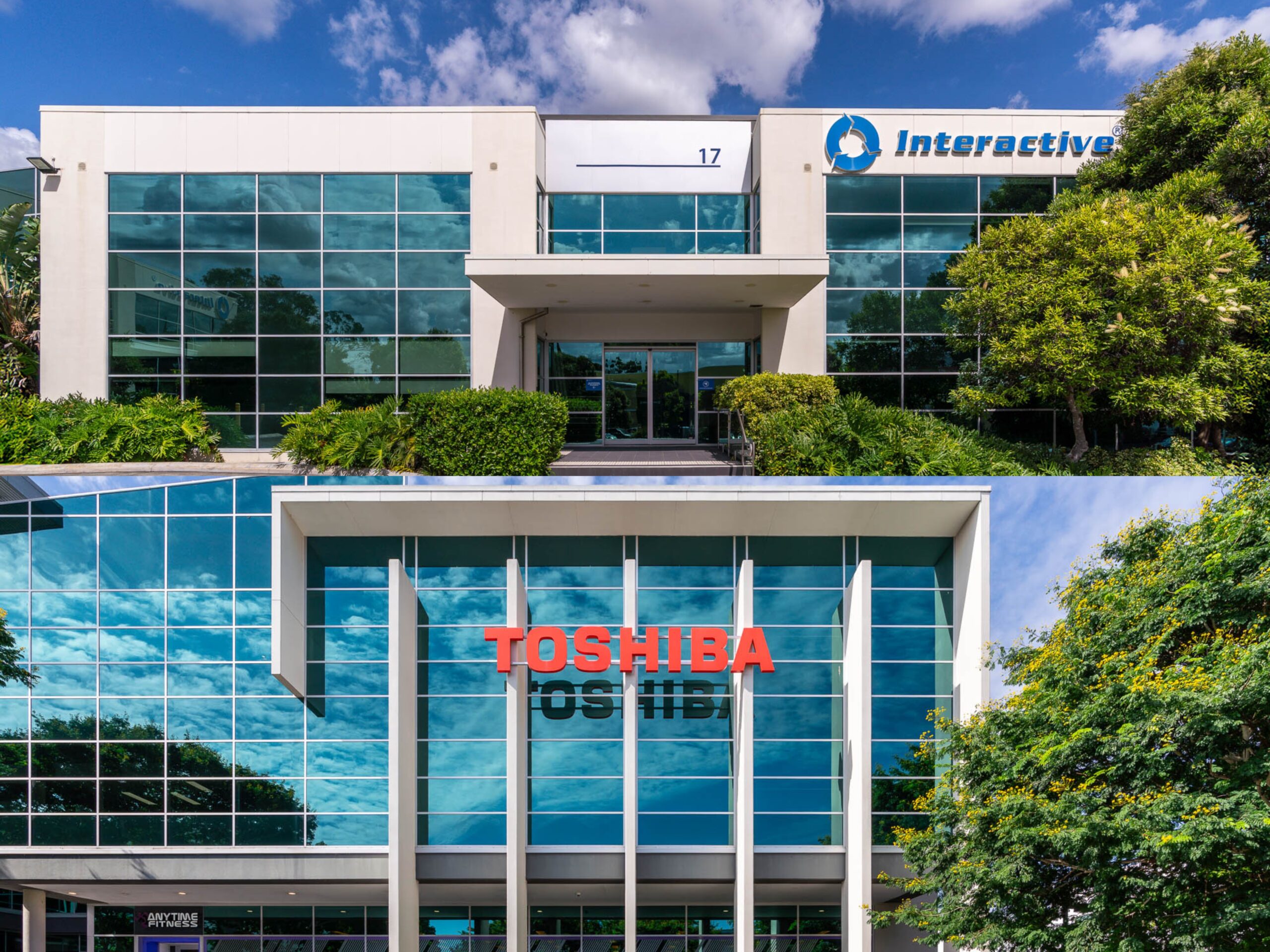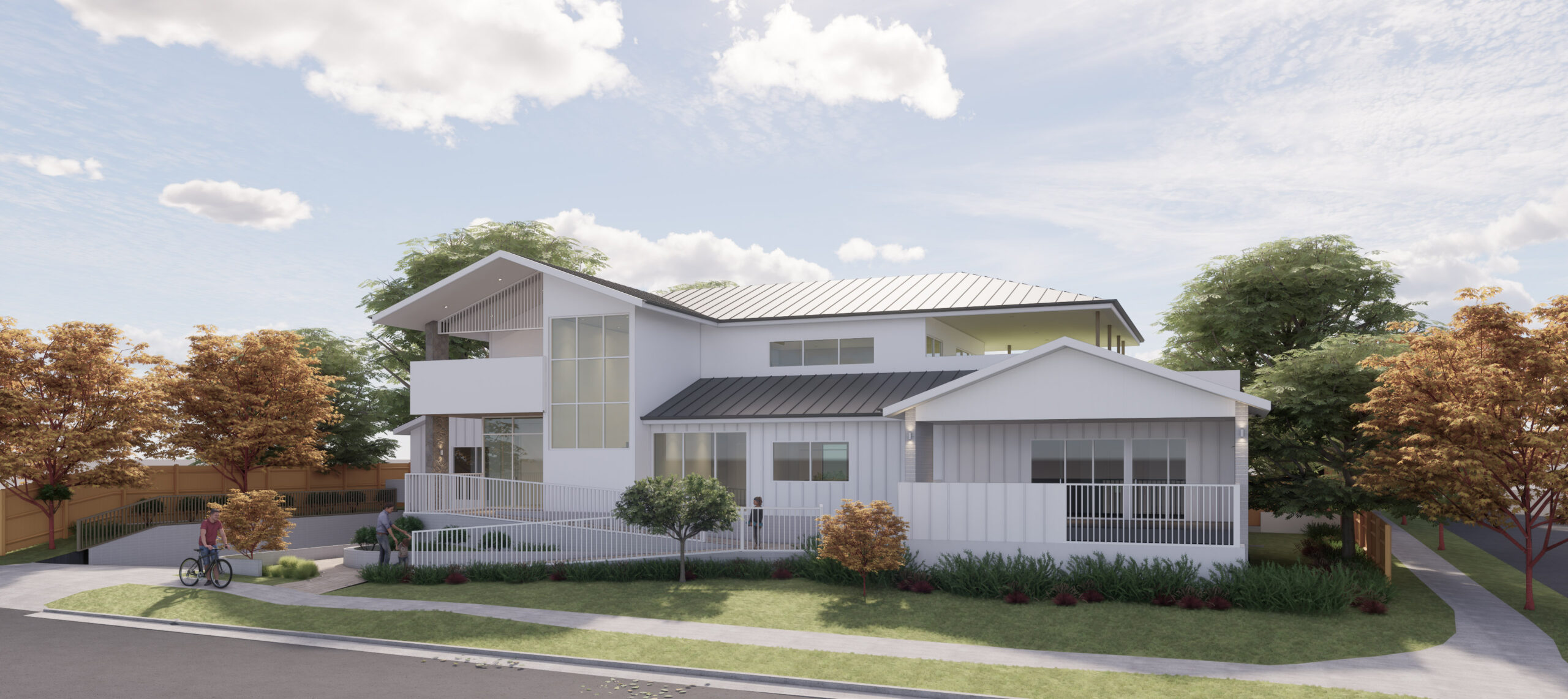Colliers Introduces Innovative Tool to Support Aged Care Operators amid Upcoming Regulatory Changes
11 April 2025
New tool helps Aged Care Operators respond to rising median house prices.
In response to the upcoming changes to the Aged Care Act, set to take effect in July 2025, Colliers is launching a new tool designed to assist aged care operators in navigating significant financial and operational challenges. This tool aims to ensure long-term sustainability and improved service delivery within the sector.
From July 2025, aged care operators will be required to comply with new liquidity requirements. These requirements mandate that providers hold a minimum of 10% of Refundable Accommodation Deposit (RAD) liabilities, plus a calculation of working capital in liquid assets. Although still under negotiation, this proposal represents a substantial shift in the sector’s financial management.
Lynn Johnsen, Head of Data Strategy & Solutions at Colliers, stated, “While current operating margins have improved from a low in 2023, ongoing administrative reforms and rising operational expenses place financial pressure on providers. Careful resource management is essential to ensure long-term sustainability. Our new tool is designed to help operators manage these pressures effectively, ensuring they can continue to deliver high-quality care.”
The tool also addresses the recent adjustment to the RAD threshold, which increased from $550,000 to $750,000 as of January 1, 2025. Historically, RAD pricing has followed the median house price of the local area, but the recent increase in the RAD ceiling provides a much-needed opportunity for operators to adjust their pricing strategies.
Ms Johnsen added, “The recent RAD ceiling adjustment is a welcome change, providing an opportunity for operators to align accommodation pricing more closely with economic realities and reflect the real cost of providing care. It enables operators to invest continuously in quality services and new developments, ensuring the long-term viability of aged care in Australia.”
While the median house price increased across Australia by 34% over the five years from 2018 to 2023, the average agreed RAD price increased by only 15%, or $64,000, in the same period, according to the Financial Report on the Australian Aged Care Sector.
Bruce Message, Colliers Director, Advisory Services | Healthcare & Retirement Living, commented, “With housing demand driving up land values, securing suitable sites for aged care facilities has become increasingly difficult, especially as the sector competes with residential developers for land acquisitions.”
Over the five years from 2018 to 2023, the aged care sector has seen a decline in profitability, with expenses growing by 47% compared to a 34% increase in revenue. Despite the trend of residents entering aged care later in life and the increasing availability of home care packages, the demand for aged care beds continues to rise. The total volume of residential care residents increased by 4.3% from 2018 to 2023, while the rate of operational aged care beds per 1,000 people aged 70+ reduced from 76 to 70 per 1,000 beds in the same period.
Mr Message added, “With a projected increase of 1.28 million Australians in the 70+ age cohort over the next 10 years, ensuring the sector remains sustainable and capable of accommodating both the increase in volume and patient complexities is vital. Colliers’ new tool will support operators in making educated, data-driven decisions, optimising their financial performance, and navigating the complexities of the new regulatory environment.”






